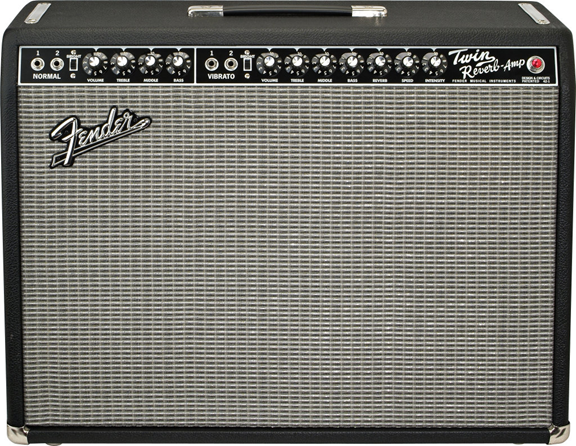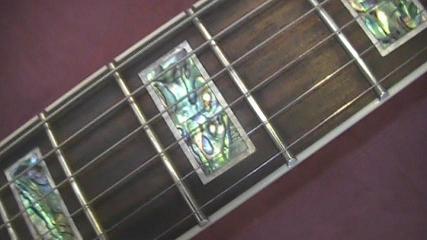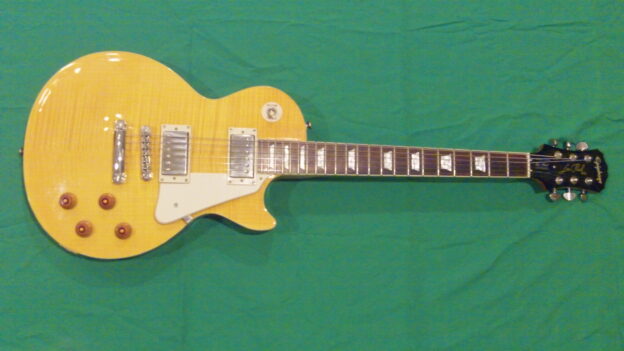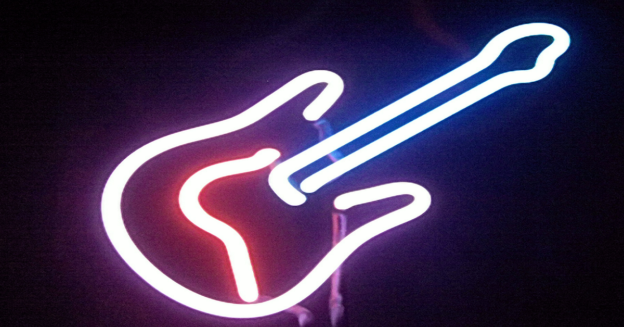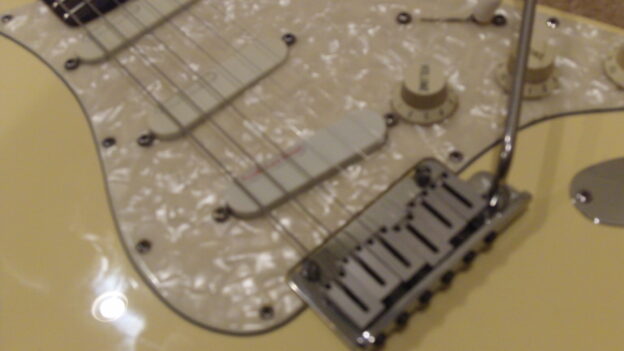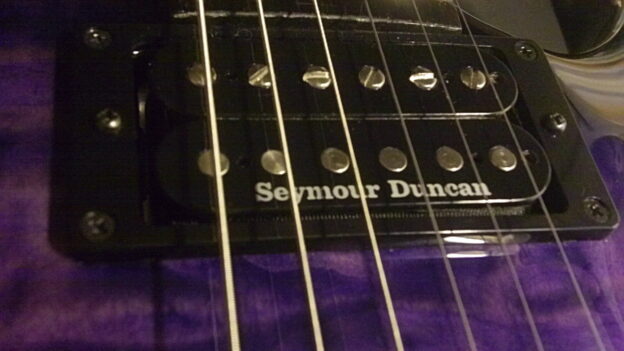by Chad Crawford, PMI Guitar Instructor
In earlier times wayward kids were subject to a form of corrective discipline referred to as “woodshedding”. The parent would take the straying kid out to the woodshed for private application of a paddle to the straying kid’s hind quarters. The practice was universal such that over time the term “woodshedding” came to be used as a colloquialism to refer to all manner of discipline, including the self-discipline involved in mastering a skill through practice. Musicians picked up the term to refer to extended sessions of private practice – sometimes literally in a woodshed for privacy.
The woodshed ultimately fell to the wayside of history with the rise of electricity, but the term woodshedding has stuck with musicians as a way to refer to intense efforts toward improvement through marathon practice sessions. For us guitarists the idea is to get in a place where we can be free from the pressure of others hearing our flaws and mistakes, the distractions of people, phones, televisions, etc., and focus intently on improving our mastery of technique, improvisation, or details of specific songs.
If you read about or watch documentaries on iconic musicians you can’t miss the importance they place on practice. In many cases you will hear stories of spending nights and weekends daily for years to develop their impressive skills. If you are a hobbyist with limited time to practice you may come to the discouraging conclusion that routine woodshedding is essential to developing satisfying musical skills that you can be proud of sharing with others.
Make no mistake: the more time you spend engaging in effective practice, the better you will get. However, it is quite realistic to expect to achieve a satisfying level of functional musicianship without practicing five hours a day every day of the week. For a hobbyist musician, a half hour to an hour of effective, goal-oriented practice per day for five days a week will deliver meaningful results. While there are a number of elements to effective practice, the object of our focus for this article is the importance of consistency.
I often observe students of guitar setting aside my recommendations to cover a broad range of materials in every practice session and instead focusing on one element that they have become temporarily absorbed with. They will then woodshed this one item, and then everything else they have been building falls to the wayside. Then we have to go down the deadly road that sucks the ambition out of the most enthusiastic students of music: review.
When you are learning the fundamentals of music, woodshedding is NOT a productive substitute for consistency. Not only does it rob you of costly skills in the areas that you are neglecting to practice, it also doesn’t work well for the one area that you have focused on. It may deliver fleeting satisfaction in that a few days of woodshedding one thing may yield a visible improvement in that one thing, but here is the dirty secret about woodshedding: the gains disappear as soon as you stop woodshedding that one thing.
You can easily perceive this for yourself by considering the equivalent of woodshedding in the academic world: cramming. We have all been through the experience of neglecting consistent homework and then trying to intensely study in preparation for a test. Does it work? Yes, many times you can pass a test with last-minute intense study. However, did you ever go back and take a test on the same material a week later? How do you think you would have done?
If you are studying music it is most likely not something that is being forced on you, so you should not be reluctant to do your “homework”, nor should you be eager to put behind the most recent material you studied. If you are … maybe music is not the right thing for you, or maybe you are pursuing skills in a style that is not the best fit your inner muse. Assuming you are passionate about learning music, you should logically wish to pursue a course that will allow you to retain hard won gains, rather than constantly cramming for a test (such as your next lesson) and then forgetting. It is a simple fact of human memory, both cognitive and physical (i.e. muscle memory), that repetition is the key to long term retention. So you should pursue a practice routine that includes consistent repetition of the knowledge and skills you need to achieve your short to medium term musical goals. While you may not see the more immediately satisfying visible gains of woodshedding one area, you will continually improve your musicianship by increments each day, and medium to long term you will be a much more potent musician for it.
It is important to understand that consistency does not mean that you will be ever stuck practicing everything you have ever learned. There will come a time for instance when you can perform your basic chords with ease, such that you do not have to practice them specifically and routinely any more. It is the same with scales and phrasing, and general knowledge. Once you have reached a particular goal, you replace it with something you can’t do yet and get to work consistently practicing that new thing until it also becomes habitual.
And finally, let us consider the real and practical value of strategic woodshedding. If you are performing publicly then what you need for a given performance (such as my application group classes) is a high level of fluency in those things you will be performing for that one occasion. Then it makes sense to woodshed the specific things required for that presentation. Then after the presentation you go back to a more generalized practice routine until a few days before your next public performance. Likewise, if you join a band and suddenly need to learn a list of new songs, you may need to get up to speed on those songs very quickly. So you would woodshed the set list as much as possible before your first group practice, then make practicing through the set list a part of your regular practice routine.
If you are situated such that you have time to woodshed everything on your highly effective practice schedule, then by all means go for it and we will look forward to seeing you on the Billboard charts soon. However, if this is not you then don’t despair. The proverbial tortoise wins the race most of the time. Consistency is the key!
Copyright © 2005 Palmetto Music Institute. All Rights Reserved.

